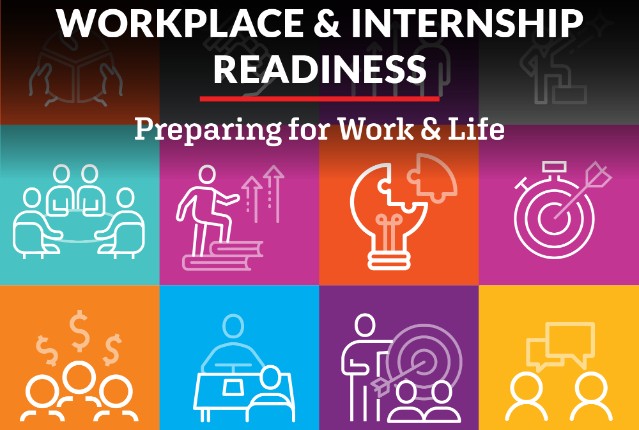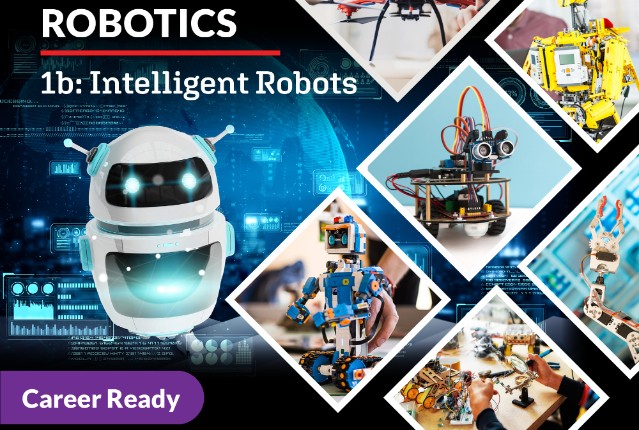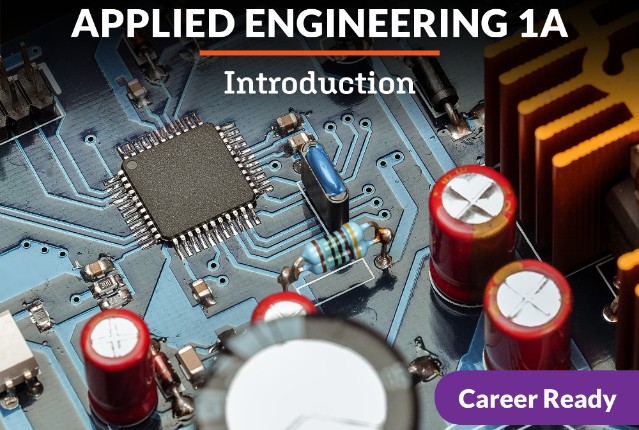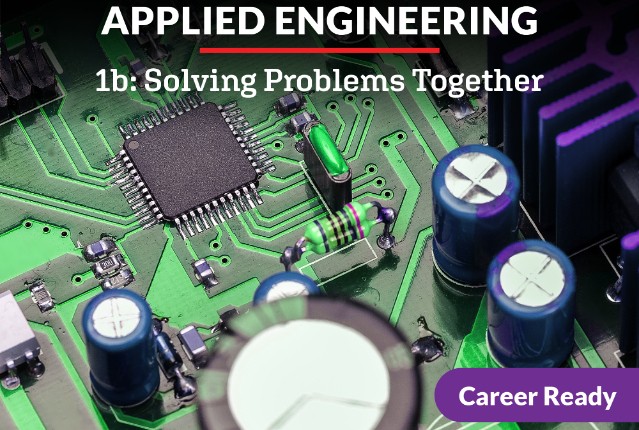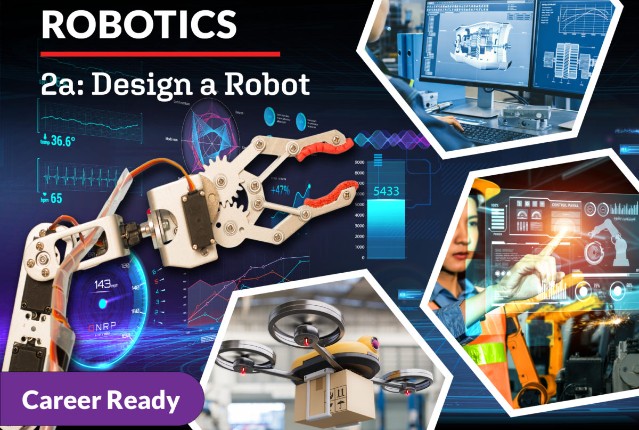
Robotics 2a: Design a Robot
From outer space to the oceans and everywhere in between, robots are doing everything from solving complex problems to simply making daily life easier. But, there has to be a beautiful mind behind the machine, and this is where you come in! In this course, you will identify a problem and using the skills you’ve learned, you will apply the principles of engineering and robotics to design an innovative robot to solve the problem. Robotics engineers are problem solvers ̶ are you ready to step up?
Review course outlineAccess for a year
USD 299.00*
* Choose more courses to get a discount
